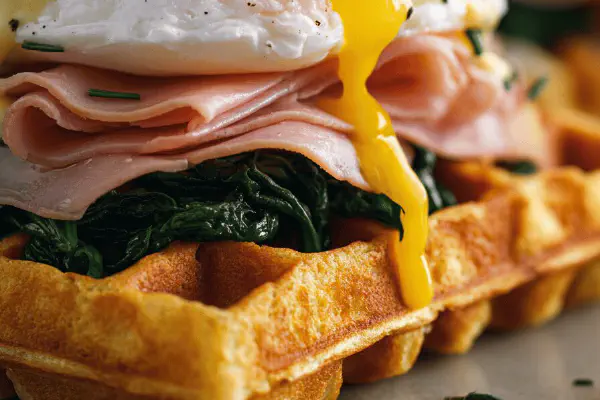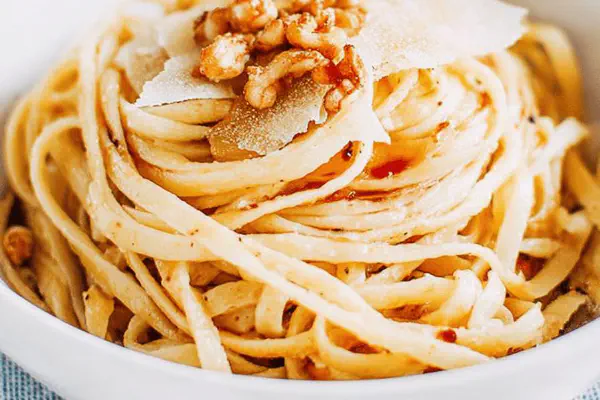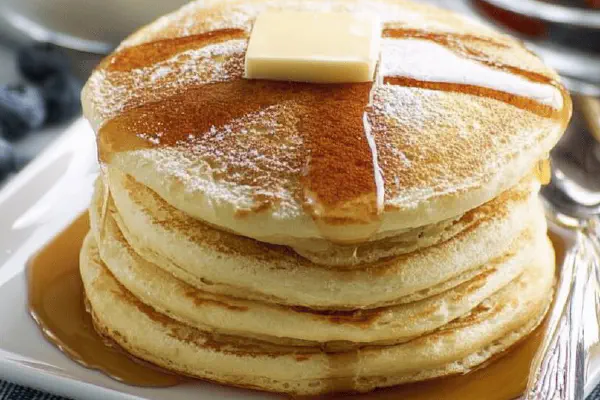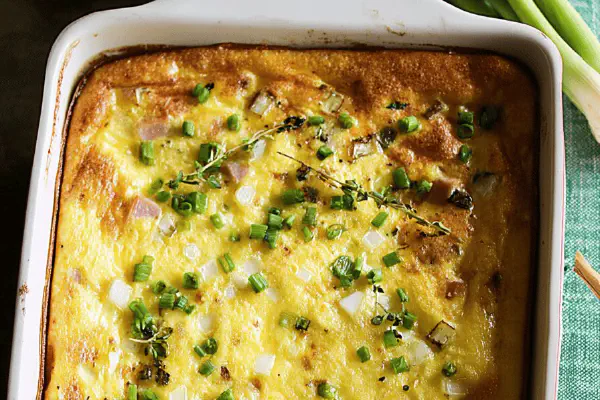Strawberry Coulis French Toast

By Emma
Certified Culinary Professional
Ingredients
- 270 g (about 2 cups) fresh or thawed frozen strawberries
- 50 g (1/5 cup) light brown sugar, packed
- 130 ml (about ½ cup plus 1 tbsp) whole milk or coconut milk for dairy-free
- 50 g (1/5 cup) packed light brown sugar
- 2 large eggs
- 3 ml (⅝ tsp) ground cinnamon
- 3 ml (½ tsp) vanilla extract or 2 ml almond extract as alternative
- 4 slices white bread, day-old preferred for sturdiness
- 30 ml (2 tbsp) olive oil, extra virgin works best
- Powdered sugar for dusting
- Small heart-shaped cookie cutter or anything similar
About the ingredients
Method
Strawberry Coulis
- Wash and dry strawberries well if fresh. Toss in food processor with brown sugar. Blitz until smooth. The sound shifts from chunky to slick puree. Pour through fine mesh sieve pressing down with spatula to catch seeds, prevent gritty mouthfeel. Chill. Concentrated aroma builds while resting.
French Toast
- Whisk eggs vigorously with milk, sugar, vanilla, and cinnamon. Cinnamon helps mask any blandness and adds warmth—don't skip. It smells faintly spicy; that'll deepen once on the griddle. If mixture looks curdled, keep whisking; smoothness ensures good coating.
- Submerge each bread slice until fully saturated but not falling apart. Day-old bread resists sogginess; fresh bread turns mushy fast. Let excess drip; soggy causes limp toast, no good.
- Preheat skillet on medium low heat. Test by flicking water drops—should sizzle gently, not spit furiously. Add olive oil, swirling to coat evenly. Butter burns quickly; olive oil heats steadier, adds subtle earthiness.
- Place two slices at once; hear gentle hiss. Cook approximately 2 to 3 minutes per side or until golden brown with crisp edges. Flip carefully with thin spatula; saggy bread tears easily. Smell must be fragrant—nutty, sweet, cinnamon perfume. Texture firm but yielding indicates ready. Transfer to warm oven at 95 C (200 F) to keep warm without drying out.
- Using small cookie cutter, punch heart shapes from each slice. Leftover bits snack-worthy. Dust all with powdered sugar; visually sharp contrast, subtle sweetness. This step is all about presentation and fun.
- Spoon chilled strawberry coulis liberally on plates first; the vivid red shines beneath the toast adding juicy acidity to every bite. Garnish optional with fresh mint for freshness.
- Serve immediately. Be wary of mixing too early; soggy is enemy number one. For dairy-free swaps, coconut milk and olive oil work best. Almond extract swaps for vanilla for nuttier notes. Bread substitutions like brioche or challah possible but soak times shorten.
- Adjust heat carefully. Too hot burns exterior while cold interior ruins texture. Practice listening; listen for a subtle crackle and smell that tells story. The softness of bread restrained by crisp shell is the holy grail here.
Cooking tips
Chef's notes
- 💡 Use day-old bread only. Fresh tears or sogs too quick. Soak one slice at a time. Watch edges for crisping, not color alone. Heat medium low; listen for soft sizzle, not spit. Olive oil heats steady, no smoke. Butter scorches fast, dumping taste. Flip gently or bread tears apart. Oven holding temp at 95 C crucial to keep warmth without drying or toughening. Timing here beats guesswork.
- 💡 Strain strawberry coulis through fine sieve well; seeds ruin texture but blending long also breaks seeds, so balance. Chill if possible, aroma thickens on rest. Pour first on plate before toast; watery spills else. Alternate vanilla with almond extract for nuttier notes. Coconut milk works as creamy dairy-free swap here but watch soak time, it changes slightly.
- 💡 Cinnamon powder in custard adds warmth, masks blandness, don’t skip—it’s subtle but crucial. Whisk eggs, sugar, cinnamon, milk thoroughly to avoid curdles or uneven cooking patches. Mix until satin smooth, no separation. Smell cinnamon rising means custard is right. If mixture looks broken, keep whisking; it recovers but don’t rush dunking bread.
- 💡 Cutting hearts while toast still warm works best or shapes warp. Use sharp edges, press straight down quick. Makes fun but also quick to do before sugar dusting. Leftover bits not wasted—snack on them. Dust powdered sugar right before serving to keep snow effect. Delay and sugar melts or clumps, losing contrast. Presentation a quick last step but sets tone.
- 💡 Watch for aroma cues especially after flipping. Nutty egg and baked cinnamon scent signals done. If smell missing, edges might be pale or undercooked. Texture check surface: firm but yielding, crisp edges, soft center. If burnt, dial heat lower. If limp and pale, slightly up heat. Listen too—crackle fades as moisture escapes fully. Adjust throughout, sensory cues over clock.
Common questions
How to avoid soggy toast?
Day-old bread only, soak one slice at a time. Don’t drown it; excess drips off. Watch heat medium low, sizzle gentle not spit. Flip carefully to prevent tearing. Oven holding warm helps finish without sogging. Timing and texture signals vital here.
Can I use almond milk instead of dairy?
Yes, swap coconut or almond milk works but both shift soak time; test quickly. Maybe thicken mixture slightly with less liquid. Flavor shifts subtle but noticeable. Almond extract replaces vanilla for nuttiness. Olive oil stays best over butter for crisp edges with these swaps.
What if my coulis is gritty?
Strain through fine mesh sieve well. Overblend seeds break down tough skins, underblend leaves chunks. Chill after straining to thicken aroma and smooth texture. If pressed for time, longer blend but high risk gritty bits. Patience pays off here; tweak consistency by trial.
How to store leftovers?
Cover toast loosely; store coulis separately refrigerated. Warm toast in low oven to revive edges before serving. Don’t microwave covered toast—it steams, loses crisp. Coulis can keep a couple days sealed tight. Reheat gently or serve cold; acidity balances richness even cold.



